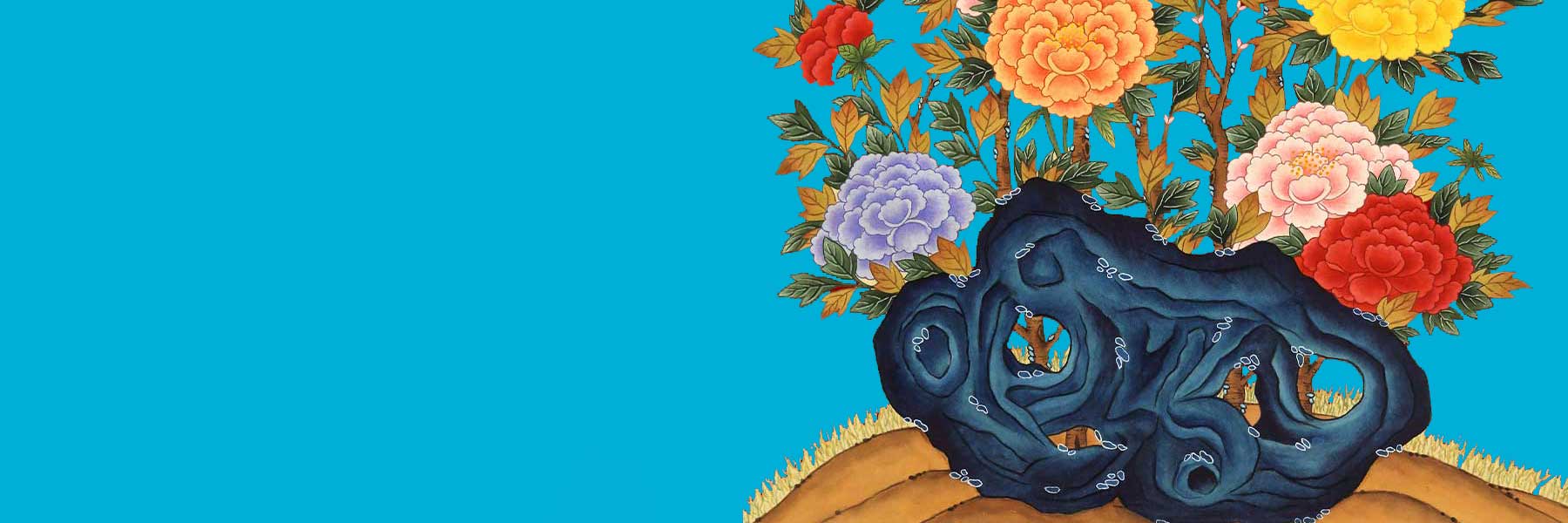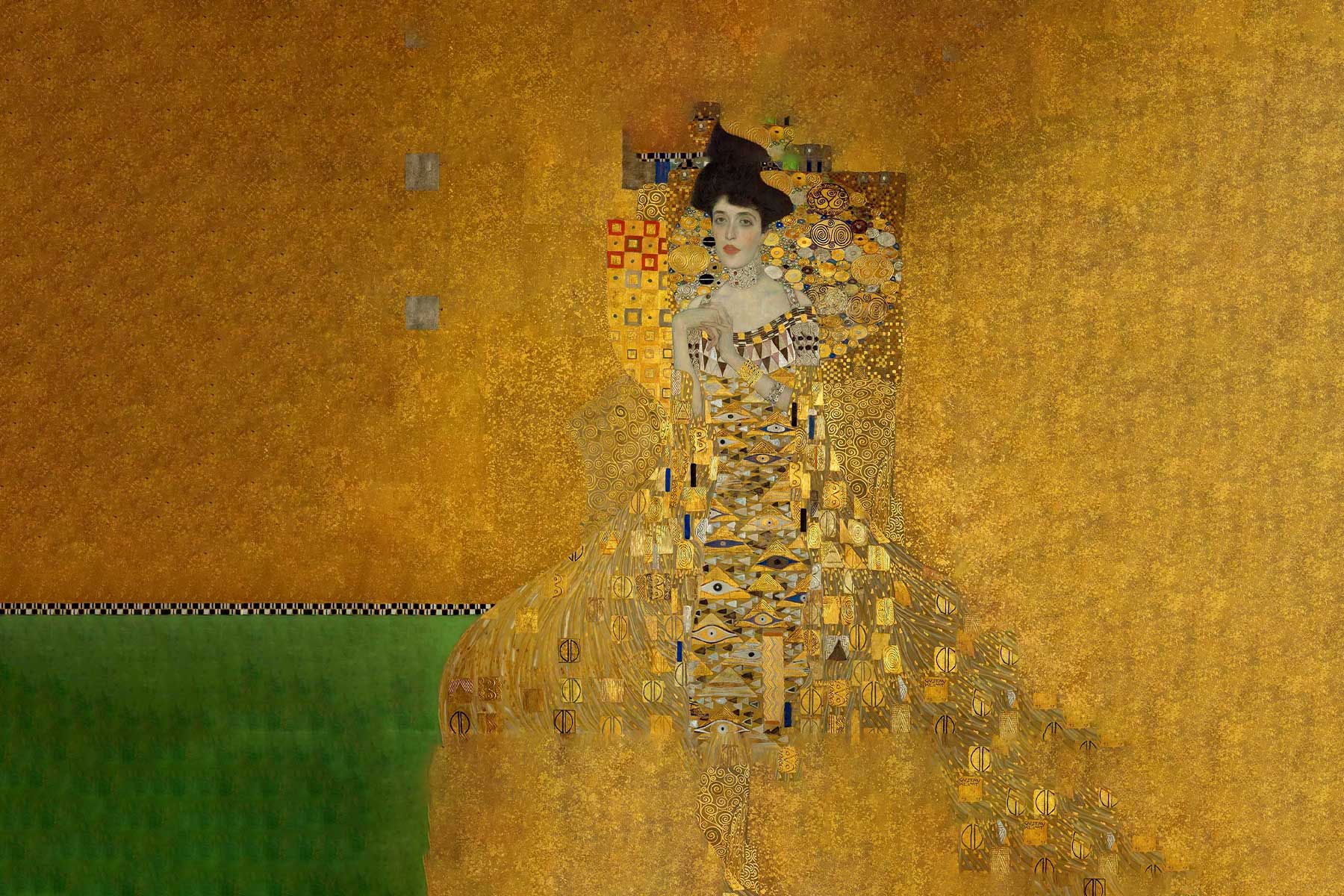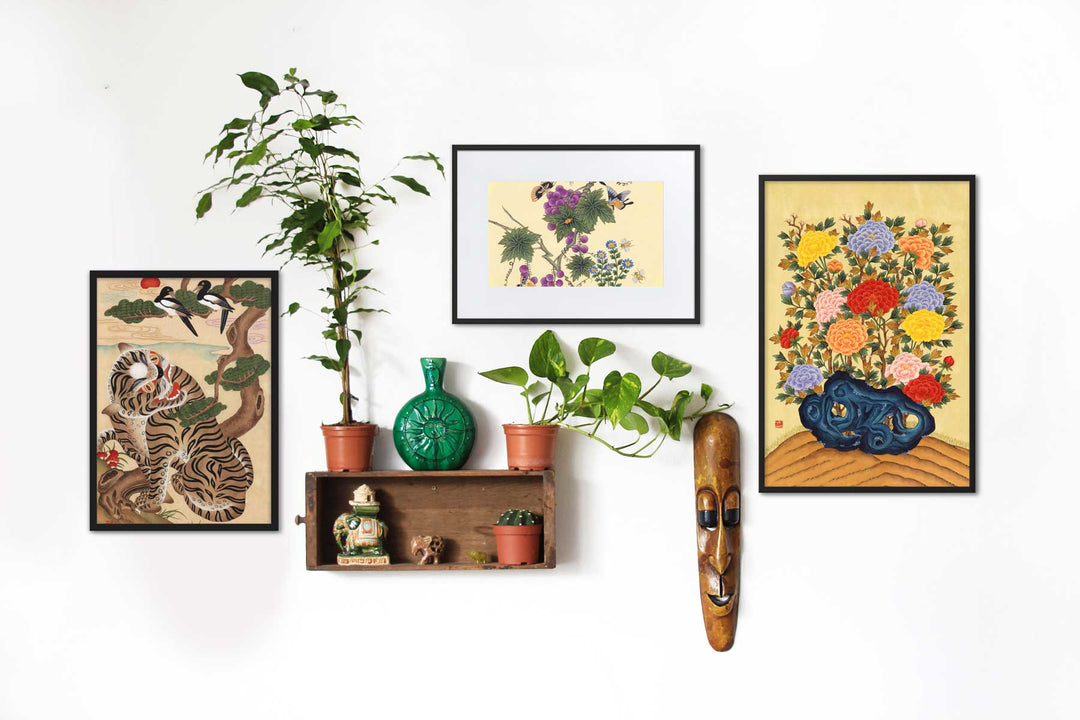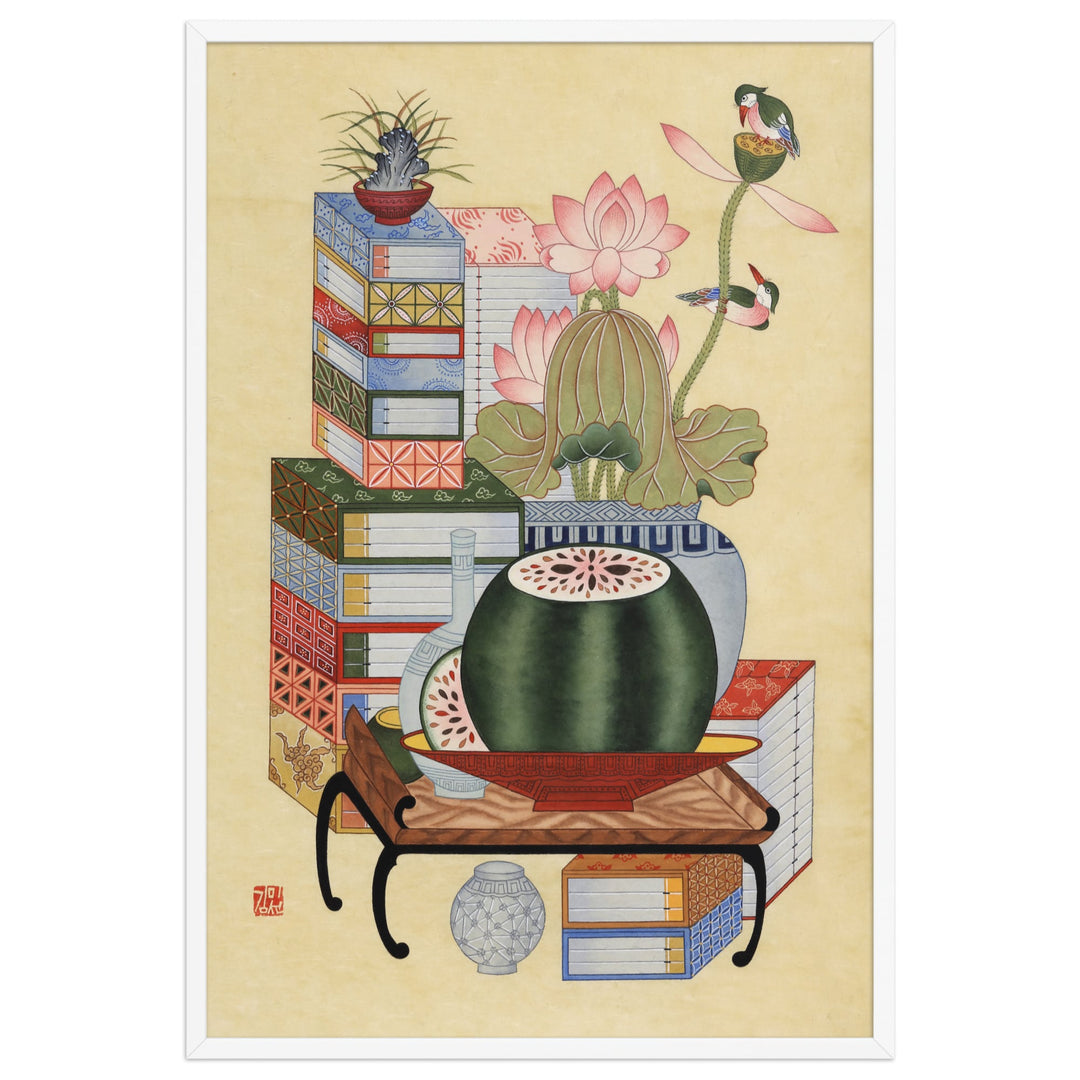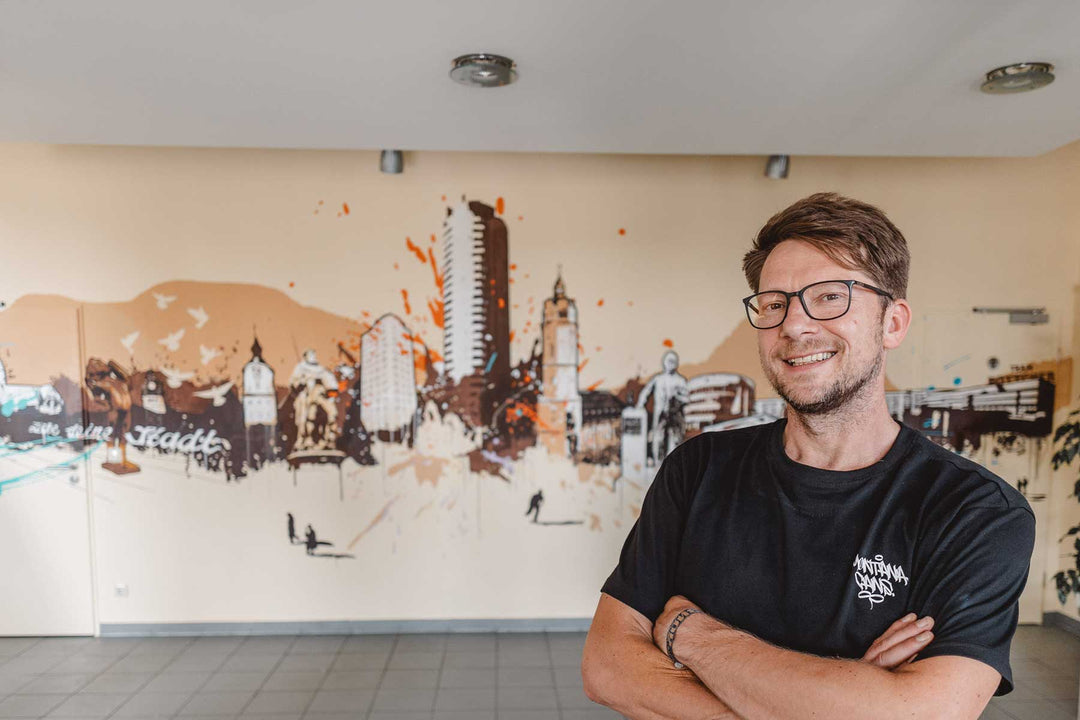A naked woman in the middle of the “Wild Jungle”: How does that happen? The unique idea of a “master” - Henri Rousseau
A man who became a professional painter at the age of forty-nine.
“The picture is hilarious”: He was treated like a fool.
I am the best in modern style.
After I saw Vermeer's Girl with a Pearl Earring, I searched for all the books and films about it. I knew it was well painted, but I wondered why this picture was so famous. I never thought there were so many stories behind a single picture. It was a pleasure. I felt like my view of the world had changed a little. To share this experience, I am writing this article. We look at the most controversial works in art history, which therefore became the most innovative and ultimately the most famous. The article is written in a narrative style based on historical facts and partly containing literary fantasy.
Henri Rousseau, 'The Dream' , 1910, oil on canvas, 204.5 x 298.5 cm, Museum of Modern Art, New York

Henri Rousseau, 'Self-Portrait of the Artist with a Lamp'
“Mr Mayor, buy my picture”
Dear Mayor of Laval, France,
I am a citizen of Laval. I want to tell you something. I am a painter who learned painting without a teacher and self-taught. I recommend you a picture that you should please buy and keep in my hometown. The proposed work is
I hope for your kindness.
Henri Rousseau.
Henri Rousseau, ' The Sleeping Gypsy ', 1897, oil on canvas, 129.5 x 200.7 cm, Museum of Modern Art, New York
In 1898, Rousseau wrote this letter in an excited mood.
He was so enthusiastic about < The Sleeping Gypsy >, which he had finished the previous year. On the canvas, you can see a gypsy in brightly colored clothes. She was a woman who usually earned a little money playing the mandolin. After leaving the village where she had been having fun, she was on her way to a new place. She crossed the desert with a stick and a water jar and fell asleep, immersed in another world.
A dream of a full stomach? A fantasy of a great performance and the applause? We don't know what was going on in her head, but she smiles softly, as if she's seeing the scene she's always wanted. At that moment a fat lion approaches. He sniffs her hair with his eyes wide open. Despite his reputation as the king of beasts, he does not appear threatening. The moonlit night sky, the scattered stars like salt and the cool moonlight air give the scene a surreal atmosphere. The simple representation and intuitive composition create a poetic and mystical mood. “Even the fiercest predator hesitates to attack a sleeping prey.” The subline next to the title is almost wistful.
Henri Rousseau, ' The Sleeping Gypsy ' (detail)
Henri Rousseau, ' The Sleeping Gypsy ' (detail) In a time when monumental paintings dominated, this work itself was very "modern".
It was light, not heavy, and pure, not serious. However, this was only an assessment of later generations. Contemporaries viewed such a “striking” work as bizarre. They gave him low ratings and didn't hesitate to make offensive comments. In fact, Rousseau submitted this painting to the Paris Independent Exhibition the year it was completed, but critics mocked him with comments such as "Are you deliberately trying to paint strange pictures just to attract attention?" One newspaper even wrote: “Rousseau painted Sleeping Beauty. A picture that makes you yawn. (...) A work that makes people laugh. Even the lion in the picture would roar and laugh. Glory to the painter of such a picture.”

Henri Rousseau, 'Centenary of Independence'
Rousseau was not deterred by that.
As always, he showed immense affection and confidence in his images. That's why, after such humiliation, he could still confidently suggest to the mayor of his hometown: "Buy my picture!" Rousseau searched his mailbox expectantly every morning, hoping for a response from the mayor of Laval. But he never received an answer. He heard that his letter was dismissed as “too childish” and thrown away. It was an embarrassing situation. Rousseau was repeatedly confronted with contempt, ridicule and criticism. Why was Rousseau so ridiculed? Why was
The birth of a late 'eccentric'

Painter Henri Rousseau, 'The Football Players'
Rousseau was an artist who only began painting at the age of forty.
Even compared to late painters such as Wassily Kandinsky, who began painting professionally at around thirty, or Paul Gauguin, who began painting professionally at thirty-five, he was exceptionally late. There were even more unusual aspects about him. He had never received formal art training and had no intention of receiving one. Was he a wealthy man then? Did he have a good family and strong support in the background? Not that either. He was an eccentric character who did not adhere to traditions or trends, and so he became the target of ridicule.
The work of the “Sunday Painter” that made people laugh

Henri Rousseau, 'Child with Doll'
Born in Laval, France, in 1844, Rousseau did not originally plan to become a painter. The son of a poor plumber, he couldn't even finish high school and immediately started working. He began his professional career as a delivery boy in a law office. Soon after, he impulsively stole money and stamps, which was quickly discovered. He was caught and taken to the police. To avoid being convicted of theft, he had to serve in the military for seven years. So he was employed as a clarinetist in a military band. In the fifth year of his service, he learned of his father's death, which allowed him to be released early as head of the family. After doing various odd jobs, Rousseau was hired as a customs officer in Paris in 1871. It was a relatively simple job, much like collecting tolls today. He was twenty-seven years old at the time.

Henri Rousseau, 'The Avenue in the Park of Saint Cloud'
After enduring all these humiliations, Rousseau set his sights on becoming rich. He saw a neighbor, the painter Felix Clément, who became rich through painting. This inspired him to seriously pursue the dream of becoming a painter. He also remembered the time when he used to be praised for his drawing talent.
From then on he was known as the “Sunday Painter”. This meant that he worked on weekdays and only painted on weekends. In fact, this was a condescending term, implying that he only pursued art as a hobby. Despite the ridicule, he continued his self-taught efforts, painting the landscapes around his workplace and copying masterpieces in museums. In 1885, at the age of forty-one, he fulfilled his dream of taking part in the Paris Salon exhibition. But the result was rejection. In this elite art scene, his paintings were viewed as anomalies. His canvases, which ignored basic principles of color, proportion, perspective and form, were seen as a bad joke. From 1886 he submitted his works to the “Salon des Indépendants”. It was an independent exhibition that allowed anyone to participate without a jury and without awards, and Rousseau submitted twenty paintings over the next seven years.
It was like agreeing that his pictures were “weird and stupid.” The organizers of the “Salon des Indépendants” debated heatedly about whether his pictures would continue to be included.

Henri Rousseau, 'Self-portrait', 1890, oil on canvas, 146 x 113 cm, National Gallery Prague
For example one of his works. A red hot air balloon could be seen in the sky, a boat with the flags of different countries and huge buildings and bridges. In the foreground stood an oversized Rousseau with a brush and palette, looking serious. Critics laughed at how simple and bold this image was.
Of course, it was to be expected that people would make fun of it. However, he never gave up and stuck to his passion. This may be because his dream of becoming rich, of becoming a decorated artist like Jean-Léon Gérôme, was unshakable. But behind this devotion there was more than just simple desire. Even though he never admitted these feelings, there was another great meaning in painting for him. She was the only comfort in his life.
His wife died in 1888 and, with the exception of one daughter, his children also died one after the other. His arms had become empty and cold. In the deepest pain, painting was the only thing that kept him upright and gave him comfort.
Finally, in 1893, at the age of forty-nine, Rousseau resigned from his civil service position and devoted himself entirely to art. Since he received no financial support, he lived on a small pension and earned some extra money by taking violin lessons.

Henri Rousseau, 'The War', 1894, oil on canvas, 114 x 195 cm, Musée d'Orsay
The following year he painted

Théodore Géricault, 'Epsom Derby'

Théodore Géricault, 'The Raft of the Medusa'

Ferdinand Hodler, 'The Night'
The reception did not change abruptly, but his work began to change, and his 'Jungle series' from 1904 eventually became his masterpiece. His jungle paintings, created without leaving France, were unique and attracted attention. His scenes, inspired by zoos, botanical gardens and other artists' works, captivated audiences.

Henri Rousseau, 'Hungry Lion Attacks an Antelope'

Henri Rousseau, 'The Snake Charmer'
For example, the jungle in "Hungry Lion Pounces on an Antelope" looks like a theater stage covered in lots of colored paper. The lion grabbing the antelope by the neck and the cougar watching from a tree all look as cute as cartoon characters. As always, no rules of proportion and no shading techniques were used, giving the jungle an even more fantastic atmosphere.
The jungle in “The Snake Charmer” is also fascinating. A woman plays the flute in a moonlit forest. The snake slithers closer, as if dancing to the music. Meanwhile, the large leaves seem to playfully want to let drops of water fall on them. It is a scenery in which people, animals and plants come together harmoniously that everyone wants to see. The art dealer Ambroise Vollard, who supported the young Pablo Picasso and rediscovered Paul Cézanne, bought "Hungry Lion Pounces on an Antelope" for 200 francs. Thanks to this transaction, Rousseau's painting entered the art market for the first time. As soon as the skillful Vollard became active, many followed Rousseau. Rousseau was still an eccentric, but could no longer be considered an unknown painter. The rebellion of 'Le Douanier' started late.
I am the best in modern style.
Henri Rousseau, 'The Dream' , 1910, oil on canvas, 204.5 x 298.5 cm, Museum of Modern Art, New York
In his last work, < The Dream >, a naked woman is depicted in a lush jungle. The scene is reminiscent of Titian's 'Venus of Urbino'. The jungle is alive with animals and plants representing her dream world. The fresh, detailed expression of this unreal universe showed that Rousseau mastered his own artistic domain despite his lack of traditional techniques.
Henri Rousseau. ' The Dream ' (detail)

Titian's 'Venus of Urbino'
At that time, avant-garde artists were looking for new paths in primitive art and African art. Rousseau was revered by them as a "father", "inspiration" or "primitive of Paris". Rousseau received not only the support of his young friends, but also praise and admiration beyond them. This enabled him to establish himself as a remarkable artist both in the art scene and on the art market.

Henri Rousseau. 'Surprised!'
One of those who emerged as his loyal supporters in Rousseau's later years was the painter Pablo Picasso. In fact, Picasso played a significant role in Rousseau receiving so much attention. Picasso, who even as a child painted better than many adult artists, strived throughout his life to paint like a child. Rousseau's naive paintings left an unforgettable impression on him. Picasso continually purchased Rousseau's works and eagerly promoted him to his friends and colleagues. Rousseau's reputation could only continue to rise.
In 1908, a year after he painted his masterpiece The Virgins of Avignon, Picasso even gave his own party with Rousseau at the center. It was called the Night of Rousseau. At the event, attended by Picasso, the writer Guillaume Apollinaire and several other young artists, Rousseau appeared wearing a huge hat and playing his violin with his mouth hanging over his ear. "We are two of the greatest artists of our time, you in the Egyptian style and I in the modern style," Rousseau is said to have said to Picasso as he looked at him to the applause of those present. At the time, Picasso and everyone else present didn't know exactly what he meant by that. Was it just a playful bluff, or was it a pointed reminder that while you all think of me as a "pure caveman," the world will one day recognize me as an exceptional modernist painter.

Henri Rousseau, "Two Monkeys in the Jungle
Rousseau led a turbulent life and succumbed to cellulitis in 1910 after completing The Dream.
His life was ended at a time when he could have enjoyed the life of a truly rich man. He was sixty-six years old when he completed the dream. The real evaluation of Rousseau began only after his death. In 1924, Rousseau was named "Father of Surrealism" by the authors of the Surrealist Manifesto, placing him above all other artists. This acknowledged that he was a great painter, ahead of his time, and as Rousseau said at Picasso's party, many people today consider him the godfather of modernism. Truly, life is short, art is long.

Henri Rousseau, 'Carnival Evening




